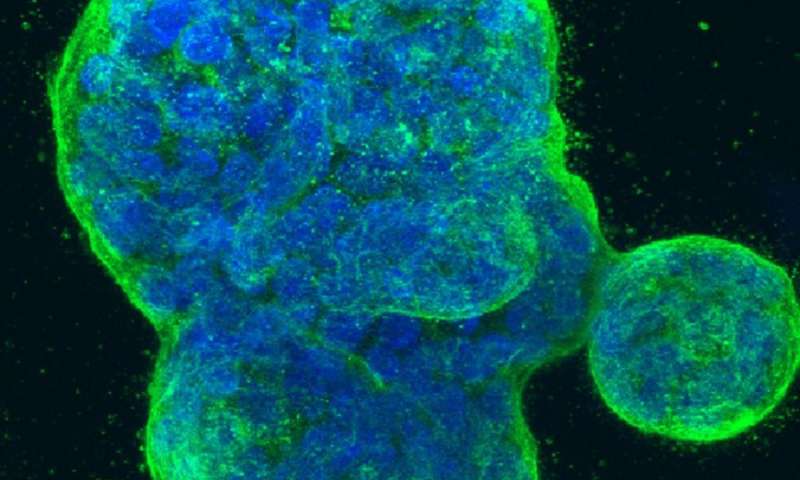
A genetic study in Asian women, led by Malaysian scientists in collaboration with Singapore and the University of Cambridge, has revealed that a genetic tool developed to help assess breast cancer risk in European women also works in Asian women. This could help address the rising incidence of breast cancer in Asia.
The tool, called a Polygenic Risk Score (PRS), separates people into different risk groups based on their genetic sequence to predict their future risk of developing breast cancer. The results can empower women to decide which screening and prevention is right for them, and help reduce inefficiency, unnecessary cost, and even possible harm caused by over-diagnosis.
This is the first large study of the PRS in an Asian population. Previously, Asian studies were nearly six times smaller than studies in European women, and due to lack of data in Asians it was unclear if PRSs are effective in predicting breast cancer risk in non-European women.
“We have been developing a model for predicting breast cancer risk in European women that includes the PRS and this is now approved for clinical use. This study is the first big step towards enabling the use of such tools in the clinical management of women of Asian ancestry,” said Professor Antonis Antoniou at the University of Cambridge’s Department of Public Health and Primary Care, and co-lead of the study.
Through the significant increase in data from Malaysia and Singapore, PRSs have been shown to help identify more accurately who is at high risk of breast cancer. The results suggest that only 30% of Malaysian and Singaporean women have a predicted risk similar to that of European women, and that using the PRS accurately identifies these high-risk women. The study is published today in the journal Nature Communications.
“Combining genetic factors into one comprehensive model is critical to move from the research to a tool for women to use. We evaluated the PRS in 45,212 Asian women, from Singapore, Malaysia, Japan, Korea, China, Hong Kong, Thailand, Taiwan, U.S., and Canada. Studies such as these require large sample sizes, and so, bringing together patients from University Malaya, Subang Jaya Medical Center, National University Hospital, Singapore, and six other major treatment centers in Singapore really gave us the sample size to be able to evaluate the tool in Asians,” said Associate Professor Ho Weang Kee at the University of Nottingham in Malaysia, and first author of the study.
Women are generally recommended to start screening at age 50. However, in most Asian countries, many women who could be at risk of breast cancer do not go for screening. This leads to late detection and a lower survival rate.
“Our study is a critical piece of the puzzle that helps us better understand breast cancer risks in different women around the world. There are differences in the genetic make-up of Asian women compared to women of European descent, which means their propensity to develop breast cancer may be different. Understanding this can help us to work out why some women are at higher risk of the disease, which in turn should help us to improve screening, prevention and ultimately treatment of the disease,” said Professor Douglas Easton, Director of the Center for Cancer Genetic Epidemiology at the University of Cambridge, and co-lead of the study.
There is an urgent need to develop an appropriate screening strategy for Asian women. Malaysia anticipates a 49% increase in breast cancer cases from 2012 to 2025. Malaysia has a much lower five-year survival rate compared to other Asian countries at only 63%, whereas South Korea is at 92% and Singapore is at 80%.
Source: Read Full Article